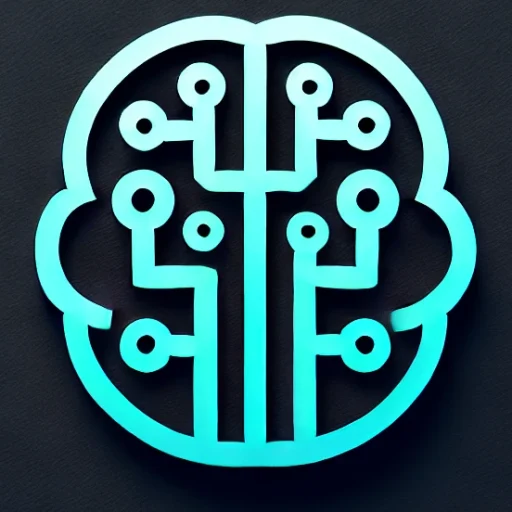
The Transformative Power of Generative AI: Revolutionizing Industries and Creativity
As we advance deeper into the digital era, generative AI stands out as a pivotal development reshaping the technological landscape. Not only is it transforming industries on a fundamental level, but it is also redefining creativity itself. This blog explores the burgeoning realm of generative AI—its advancements, applications, and the challenges ahead.
Key Insights & Latest Advancements
Generative AI refers to algorithms capable of creating new content, including text, images, music, and even complex software code. At the forefront of this movement are Generative Adversarial Networks (GANs) and Transformer models like OpenAI’s GPT series. In 2023, we have witnessed a surge in the capabilities of these models, thanks to increased computational power and refined algorithms.
Recent innovations include models that can produce hyper-realistic images and videos, generate entire virtual worlds, or even simulate biological processes for pharmaceutical development. The release of GPT-4 brought a leap in natural language processing, offering unprecedented coherence and creativity in machine-generated text.
Real-world Applications
Generative AI’s impact is vast and multifaceted. In the creative industries, artists are leveraging these technologies to enhance their works, using AI-generated content as a source of inspiration or as a tool for digital art. In the media, AI scripts and video content generation are becoming more prevalent, offering new possibilities for content creators.
The healthcare industry is experiencing a paradigm shift as well. AI-driven drug discovery processes are accelerating the development of new medications by simulating molecular interactions at an extraordinary speed. Additionally, generative models are being used to tailor personalized treatments by analyzing patient data and predicting responses to various therapies.
In the realm of design and manufacturing, generative AI facilitates rapid prototyping, optimizing designs for efficiency and sustainability. From automotive to aerospace sectors, the ability to iteratively test and develop components virtually before physical production saves time and resources.
Challenges & Future Outlook
Despite its potential, generative AI presents several challenges. Ethical considerations are paramount, especially concerning content authenticity and intellectual property rights. As AI-generated content becomes indistinguishable from human-created work, concerns over misinformation and copyright infringement intensify.
Moreover, the computational demands of training and deploying these models remain a significant hurdle. Sustainability is becoming a crucial focal point, with the industry seeking ways to reduce the environmental impact of large-scale AI systems.
Looking ahead, the emphasis will likely be on creating more robust AI models with better interpretability and control mechanisms. As we integrate these technologies into society, maintaining a balance between innovation and ethical responsibility will be crucial.
Conclusion with Key Takeaways
Generative AI is not just the latest tech trend; it’s a transformative force reshaping industries and redefining creativity. As we harness its capabilities, it is vital to address the ethical and practical challenges it presents. By doing so, generative AI can continue to be a powerful tool that complements human ingenuity, opening up new vistas of innovation and expression.
The future of generative AI is promising, but its trajectory will depend significantly on our collective ability to integrate these technologies thoughtfully and responsibly into the fabric of our daily lives.

